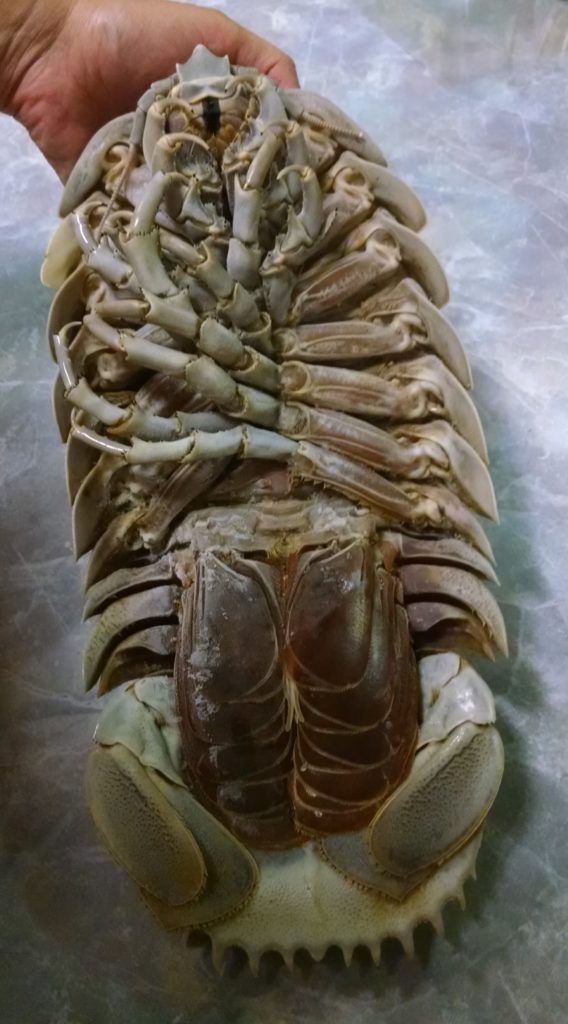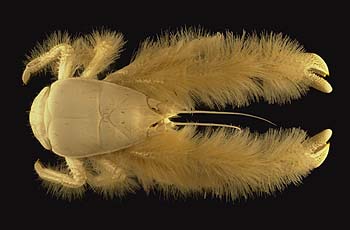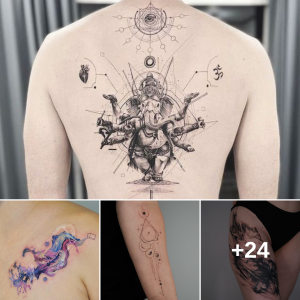The Earth is home to 8.7 million species, some of which are so unbelievable that they could easily be mistaken for creatures from a storybook. This essay takes us on a virtual safari of some of these amazing animals. Hooded seals, for example, inflate the hood of their forehead during mating season before pushing a blood-red sack out of their nose, and the bigger the bulge, the better their chances of attracting a female.

The rosy maple moth, native to North America, is a bright pink and yellow-winged creature that looks more like a cartoon than a real animal. Giant isopods, on the other hand, are crustaceans that can grow up to 2.5 feet long and exhibit deep-sea gigantism. Vampire deer have huge fangs, which they use like antlers to compete for mates and territory, and feather stars are a type of crinoid that can swim freely under the waves and regenerate any lost limbs.

Pyrosomes are giant worm-like creatures that clone themselves to increase their size and emit a bioluminescent light. Atretochoana eiselti, also known as the manaconda, is a blind snake-like amphibian that breathes through its skin and has a flat skull and enlarged mouth. The Mary River Turtle is an endangered species native to Australia that can breathe through its genitalia and has green algae growing on its shell.
The Yeti crab lives in freezing ocean depths and uses its hairy bristles to cultivate nutritious microbes. The Great Potoo is a nocturnal bird with huge bulging eyes and a massive mouth that spots flying insects in the dark. Fire snails have vampiric colors and are native to the cloud forest of the Cameron Highlands in Malaysia. Finally, Blue Dragons, also known as Glaucus Atlanticus, are a species of small pelagic sea slugs that float along ocean currents and are predators of other pelagic creatures





